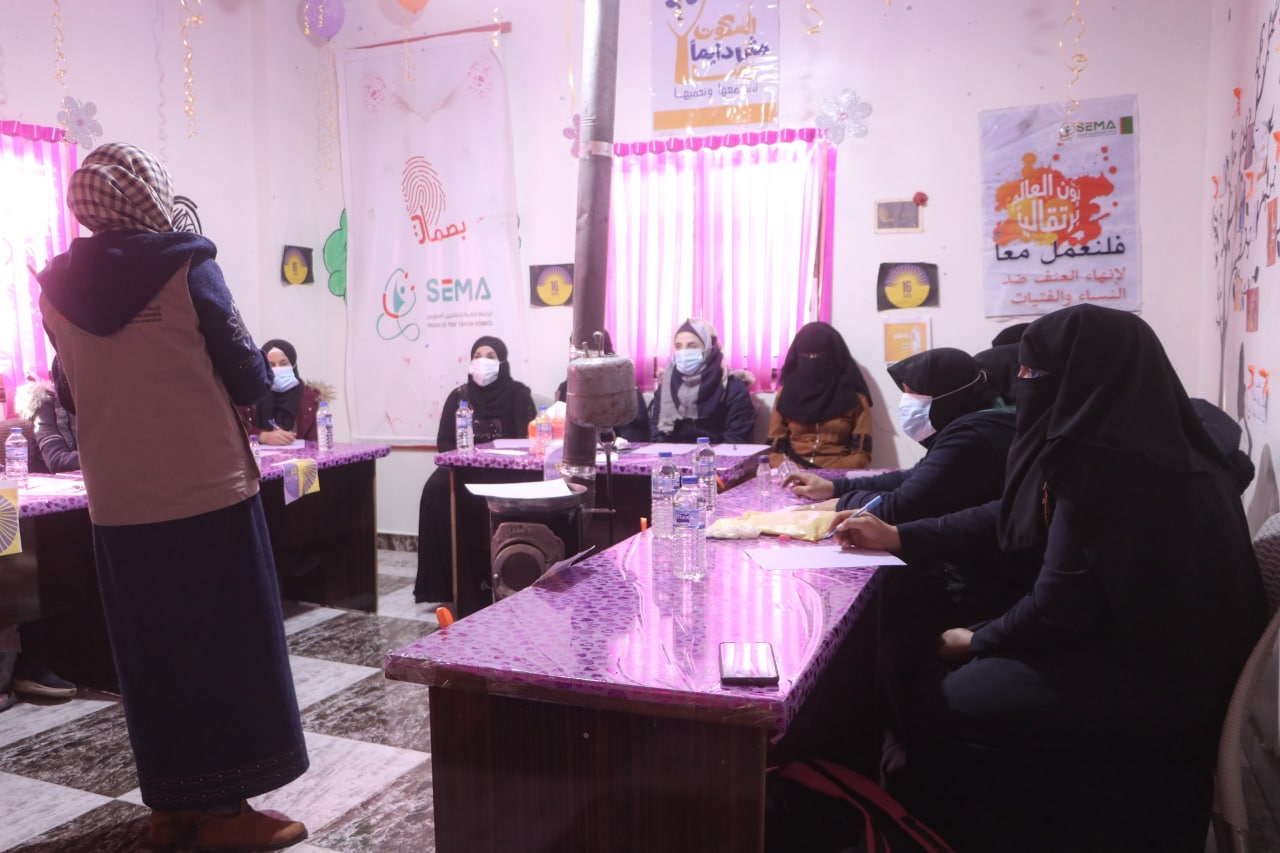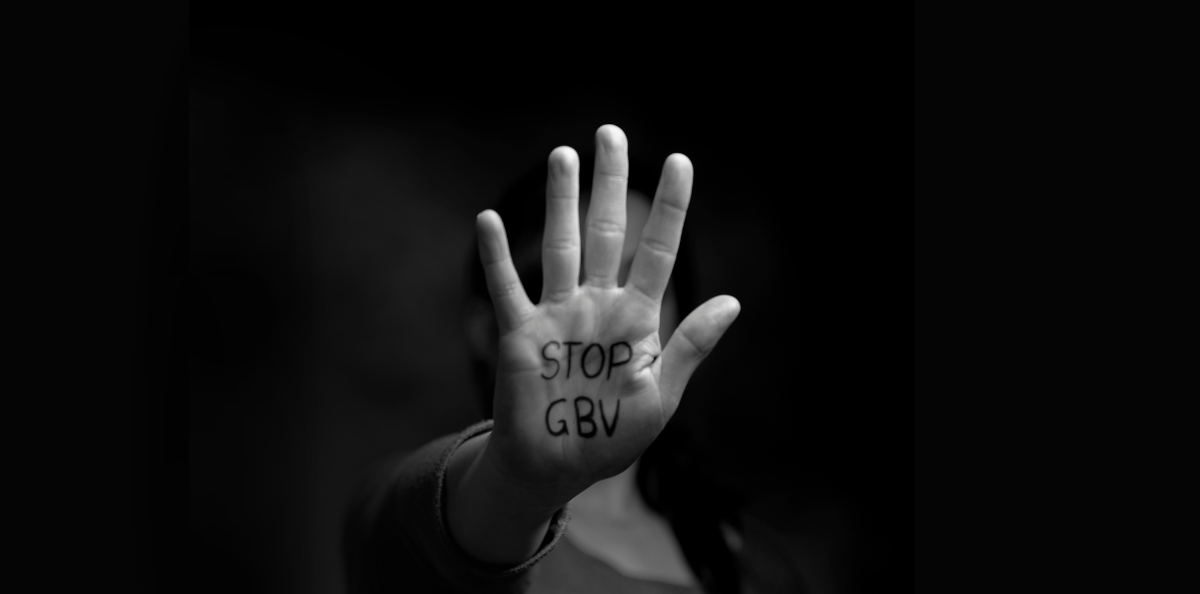Despite the increased awareness and global efforts to end gender-based violence, it still constitutes a pandemic that affects various types of members of society all over the world. This essay will reveal the reasons and consequences of GBV, prevention, and intervention strategies to reduce it.
Definition of gender-based violence (GBV)
Gender-based violence is one of the most complex issues worldwide and is a form of human rights violation. Refers to any type of violence directed at an individual based on gender, and women are considered the most exposed to this type of violence.
Forms of Gender-Based Violence
When discussing gender-based violence, we see that it includes all forms of physical, emotional, sexual, mental, and economic harm. The following are the most Gender-Based Violence Types:
- Rape and sexual assault against the will of the other person. Its danger increases when it falls on children and minors.
- Physical or verbal harassment at the workplace.
- Physical abuse in all its forms, such as beating, slapping, punching, and mutilation, amounts to murder!
- All forms of psychological and emotional abuse affect human dignity and make them feel humiliated.
- Economic abuse includes unequal job opportunities and disparities in the value of salaries, in addition to women not obtaining their Patrimonial rights.
- Forced marriage in all its forms.
- Early child marriage.
- Female genital mutilation.
- Child abortion because of gender.
- The killing of females under the pretext of honor killings.
- Sexual trafficking activities.

Causes of Gender-Based Violence
There is no justification for gender-based violence; the main culprit is the perpetrator himself. However, there are many factors behind the problem, which are:
- Prevailing customs and traditions: Cultural factors significantly exacerbate the problem, such as discrimination and inequality between the sexes, tolerance of violence against women, and considering it expected, in addition to the pretext of misinterpreting religious teachings.
- Socioeconomic factors: The rates of GBV are high in countries where poverty, unemployment, ignorance, and lack of education are widespread.
- Absence of law: The absence of strict penalties and rules that limit GBV is one of the biggest reasons for its continuation, which pushes the perpetrator towards increasing his abuse and may even blame the victim at times!
Effects of Gender-Based Violence
Although achieving gender equality is one of the most critical global sustainable development goals, gender-based violence persists, with women being its primary victims.
Here are some facts released by the UN in its latest report:
- Worldwide, 1 in 4 of ever-partnered women aged 15 and older (641 million) have been subjected to physical and sexual violence by a husband or intimate partner at least once in their lifetime.
- In a 2021 survey in 13 countries, (45%) of women reported that they or a woman they know had experienced some form of violence since COVID-19.
- In 2021, nearly one in five young women were married before 18.
- (35%) and (28%) of young women were married in childhood, respectively, in sub-Saharan Africa and Southern Asia.
- Up to 10 million more girls will likely become child brides by 2030 due to the effects of the COVID-19 pandemic.
- At least 200M girls and women today have been subjected to female genital mutilation.
Social Impact of Gender-Based Violence
Gender-based violence has a disastrous long-term impact that lasts for years and generations. This impact is not limited to individuals but extends to the entire society.
It leads to the family’s disintegration, which represents civilization’s nucleus, and promotes misconceptions and attitudes about the relationship between the genders that perpetuate the cycle of violence.
Solutions to Gender-Based Violence
The elimination of gender-based violence is the responsibility of states, civil society institutions, and individuals to obtain a more peaceful and secure world.
We can address the root causes of GBV by taking some measures such as:
- Establish deterrent and strict penalties for offenders.
- Ensuring the right to education for both females and males.
- Spreading community awareness and reducing misconceptions about gender.
- Involving women in decision-making roles.
- Increase funding and donations earmarked to reduce GBV.
- Economic empowerment of women.
- Fighting wrong behavior such as child marriage and female genital mutilation.
And we must not forget to provide care for people who have been subjected to violence and persecution through the establishment of psychological and emotional support activities and treatment of the physical and psychological effects of violence, such as those activities that we hold in the “SEMA” Medical Relief Organization.

Donate Now to Support our GBV Protection Program
Through our protection program GBV, we work on enhancing the effectiveness and quality of the provided services and guarantee that the fundamental Protection principles are applied in terms of dignity, safety, and secure accessibility. We seek to reach all those in need of our services to provide Psychological First Aid (PFA), PSS, and referrals to other available mental health services.
With your donations, SEMA will increase beneficiaries’ access to mental health services, raise awareness of mental health and mental disorders and provide PSS and PFA to the beneficiaries.
Donate Now! Let’s put an end to their suffering.
FAQ
What are some examples of gender-based violence?
Here are some examples of gender-based violence:
Rape and sexual assault.
Physical or verbal harassment at the workplace.
Physical abuse in all its forms.
All forms of psychological and emotional abuse.
Forced marriage in all its forms.
Early child marriage.
Female genital mutilation.
Child abortion because of gender.
The killing of females under the pretext of honor killings.
Sexual trafficking activities.
What is gender-based violence?
Gender-based violence is a form of human rights violation. Refers to any type of violence directed at an individual based on gender, and women are considered the most exposed to this type of violence.
Does gender play a role in violence?
Unfortunately, yes. Gender-based violence is one of the most complex issues. It constitutes a pandemic that affects various types of members of society all over the world, and most victims are women.
What are the 6 types of gender-based violence?
The 6 types of gender-based violence are:
Sexual violence.
Physical violence.
Economic violence.
Psychological violence.
Verbal violence.
Harassment and sexual harassment.


